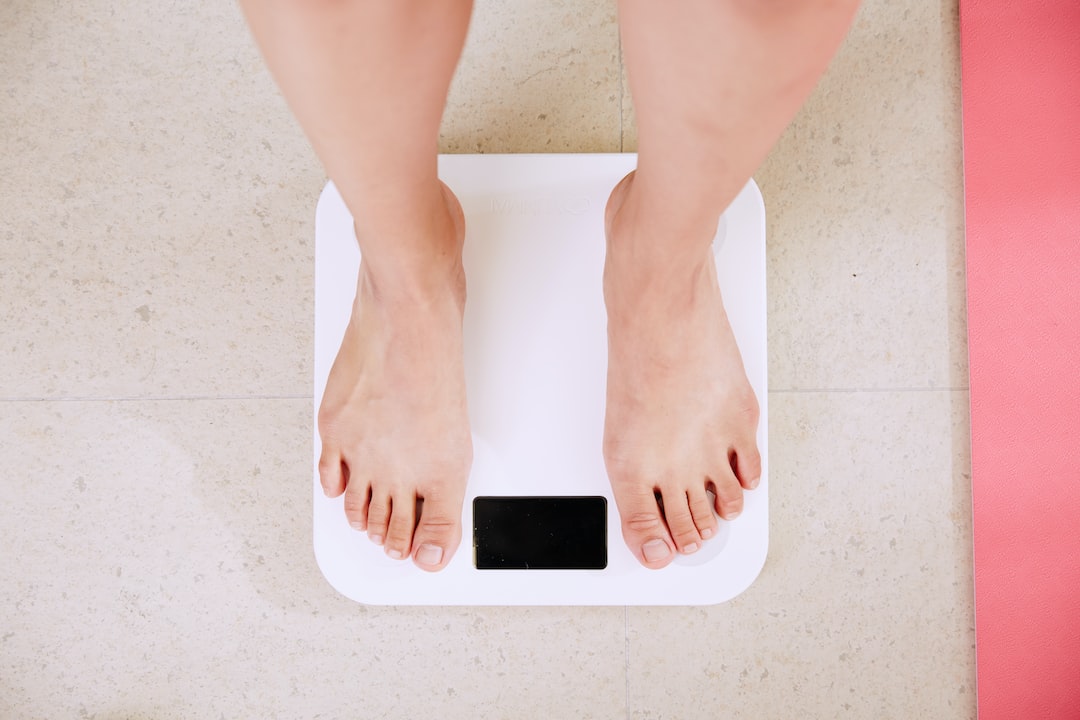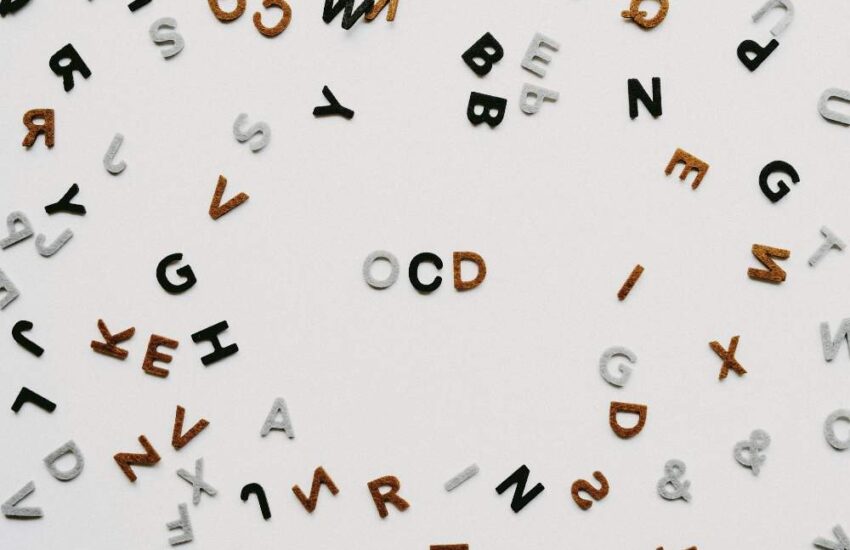Non-Surgical Weight Loss Procedures – What You Need to Know
There are non-surgical options for those who need help losing weight, but either don’t qualify for surgery or don’t want it. These procedures are often used with a comprehensive weight management program to help you develop long-lasting healthy eating and lifestyle habits.
These non-surgical procedures range from minimally invasive to completely incision-free and offer quick initial results with fast recovery times. Learn more about these innovative treatments and understand what are non-surgical weight loss procedures all about:

OverStitch
While many gastric bypass patients see great results from their weight loss surgery, some experience regain. Whether this is due to pouch dilation or the stomach outlet (stoma) becoming enlarged, it can cause a relapse of previous weight loss and prevent long-term weight control.
The OverStitch system (from Apollo Endosurgery) helps with this issue by reducing the size of the stomach pouch and stoma, restoring their size to their original post-surgical proportions. This non-surgical procedure is performed through a flexible endoscope, which makes it significantly less invasive than surgical revision options.
During the process, a surgeon uses a small needle at the end of the endoscope to toggle stitches inside your stomach pouch to reduce its volume. This will help you eat smaller portions, aiding in weight loss.
As part of the treatment, you will be provided specific dietary instructions that may involve eating new foods or drastically changing your old habits. This is a vital step in your recovery and is critical to lasting success after the procedure.
Your healthcare provider will also discuss options tailored to your needs, which may include a Wegovy prescription, which can complement your efforts and support you in achieving your weight loss goals. Additionally, the convenience of at-home treatments can be especially beneficial during the recovery process, contributing to an effective and comfortable experience.
Getting active will also be important in your recovery. This will help keep you strong and healthy and provide your body with much-needed energy. Starting slowly with simple exercises or brisk walking is advised. As you gain strength, gradually up the intensity of your activities.
Endoscopic Sleeve Gastroplasty (ESG)
Endoscopic sleeve gastroplasty (ESG) is a minimally invasive, incision-less procedure. It involves passing a lighted instrument with a camera down your throat and into your stomach, where sutures are placed. The sutures alter the structure of your stomach into a tube shape that restricts how much food you can eat, helping you lose weight.
This procedure can help you lose 30% to 60% of your excess weight. It may also improve underlying health conditions associated with obesity, such as high blood pressure and diabetes.
While you are sedated, your physician inserts an endoscope through your mouth into your stomach. The endoscope has a suturing device attached to it, which your doctor uses to place accordion-like folds in your stomach to reduce size. A smaller stomach will make you feel full faster, so you will eat less as you lose weight.
The procedure takes 60 to 90 minutes, and you will awaken in a recovery room. Your doctor will put you on a liquid diet for a few hours; then you can go home. It’s important to understand that ESG is not a permanent procedure, and you must commit to a healthy lifestyle to maintain your weight loss results. Mild side effects of ESG include pain and nausea, but these usually subside after a few days.
Gastric Plication
During gastric plication surgery, your stomach is reduced by folding the lining inside itself. The capacity of the functional stomach is significantly decreased, which leads to eating smaller portions and feeling full faster. This reduces overall calories consumed, lowers the number of absorbed calories, and, over time, causes weight loss. The surgical procedure is done through a laparoscope, meaning it doesn’t require cutting or removing any part of the stomach.
It is considered a ‘minimally invasive’ surgery, which makes it less risky than traditional bariatric surgeries. Unlike the Gastric Sleeve procedure, which permanently removes a significant portion of your stomach, this is an entirely endoscopic and reversible treatment.
The surgical procedure is rapid, with a hospital stay of two days after the operation. You will follow a low-calorie diet during your hospital stay to prepare your body for the procedure.
Gastrointestinal plication is only suitable for those who follow strict dietary guidelines and are willing to make long-term lifestyle changes. If you don’t follow these guidelines, the results of this procedure will be poor, and even weight regain is possible. If you are interested in this surgical treatment and are aware of the commitment it requires, please speak to one of our clinics for further details.
Gastric Balloon
A gastric balloon is a small, soft, round balloon made of medical-grade silicone that your doctor inserts into your stomach without surgery. The device is filled with saline solution to reduce appetite and occupy space in your stomach, making you feel full after eating smaller meals. It also treats certain health conditions caused by excess weight, such as diabetes, sleep apnea, and joint pain.
During the procedure, your doctor will give you sedative medication and use a flexible telescope called an endoscope to pass through your mouth and esophagus and into your stomach. Once they are satisfied that you do not have any issues that would make the balloon unsafe, they will place it in your stomach.
The gastric balloon is temporary and is usually removed after six months. You must follow a healthy diet and exercise plan to maintain weight loss. Your doctor will give you access to a dietitian and other resources to support you.
Your doctor may recommend a gastric balloon if you have a BMI of 27 to 35 and are prepared to make permanent changes to your lifestyle to encourage healthier eating habits. This can lead to significant long-term weight loss and improvements in obesity-related health conditions. However, it is essential to remember that the gastric balloon does not solve obesity but helps to manage it.


